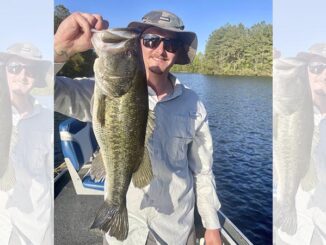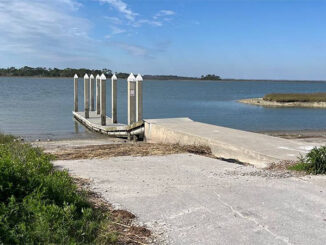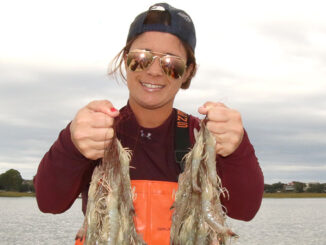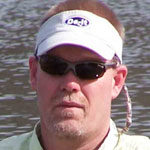South Carolina guide thinks he’s broken the cobia code
(Photo by Phillip Gentry)
According to a Charleston, fishing guide, cobia don’t migrate just north

Paul Weaver caught his personal best largemouth bass in Ridgeville, SC on March 30, 2024. The fish weighed 6.05 pounds. […]

Russ Point Landing in Beaufort County, SC closed on April 1, but officials don’t know when, if ever, it will reopen. […]

Deep-hole shrimping is a great way to spend a day on the water in South Carolina’s lowcountry waters. […]

Copyright 1999 - 2024 Carolina Sportsman, Inc. All rights reserved.
Be the first to comment